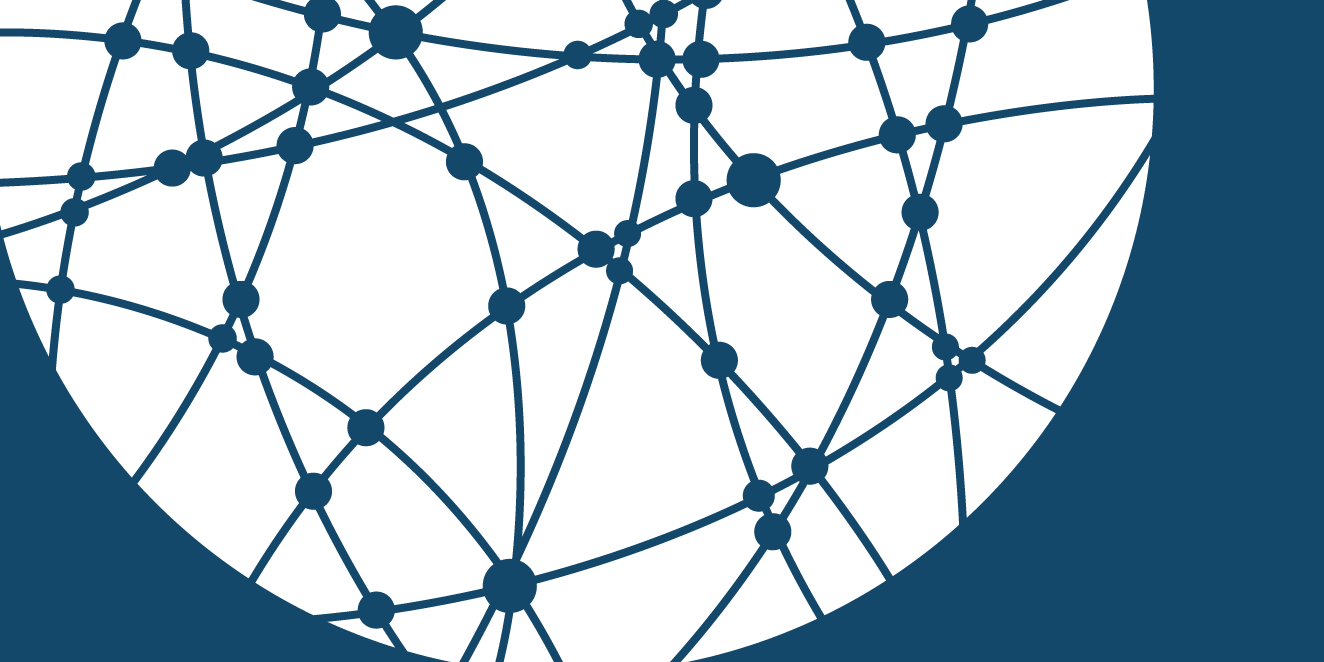
Think about the Sustainable Development Goals (SDGs) and chances are that you’re thinking in colour; specifically about 17 multicoloured squares holding distinctive white icons, or perhaps a circle made up of 17 coloured segments. Or if you think about, say, Goal 2, chances are you’ll call it “Zero Hunger”, not “End hunger, achieve food security and improved nutrition and promote sustainable agriculture”. It’s hard to overstate just how crucial the work of New York-based design and branding agency Trollbäck+Company has been in communicating about the SDGs (or Global Goals).
SEI is now collaborating with Trollbäck+Company founder Jakob Trollbäck’s Stockholm-based bureau The New Division in a communications project funded by the Swedish Research Council Formas.
The project marries SEI’s pioneering research on interactions between SDGs, and how to build those interactions into coherent policy, with The New Division’s communications expertise. The aim is to devise an effective visual language that will help in understanding and communicating about the how the 2030 Agenda fits together and how its different parts interact.
“Creating a visual language around single topics or issues is one thing, but how do we do it for relationships between issues? This is the puzzle that we have set ourselves to solve together,” said SEI Research Director Måns Nilsson. “To take a simple example, we know that educating girls and young women reinforces maternal health outcomes. How do we express this link visually?”
While Trollbäck+Company’s original branding package focused on giving the 17 SDGs a clear identity, The New Division is now taking on the perhaps even more challenging task of branding the targets under the goals. This will feed directly into the new project.
It is a fundamental principle of the goals and the broader 2030 Agenda for Sustainable Development that they should be taken together as an integrated and indivisible whole. Policy- and other decision-making to implement the SDGs must take interactions between goals and targets into account – not just to avoid inadvertently undermining progress in one development area through strategies meant to advance another, but also to find smart strategies, by which the same investment can boost several targets simultaneously.
The project will build on SEI’s scientific analysis and policy engagement on the SDGs and their interactions to date. For example, it will apply the seven-point scale for assessing SDG target interactions proposed by Måns Nilsson and colleagues in Nature last year and apply cross-impact balance analysis and network analysis methods to understand how targets cluster and interact within the larger system.
“Our goal is to create a tool that makes it easy to understand the complex relationships between the targets. We are making a new visual information system that will allow people to make better decisions in large networks of interdependencies,” said Jakob Trollbäck.
Work on the project will begin in October 2017 and run for one year. Results will be presented in scientific journals, as well as stakeholder meetings and at the UN High-Level Political Forum on Sustainable Development in New York in 2018.
Read a related blog “Do we need a global knowledge base on SDG interactions?” »
Design and development by Soapbox.


